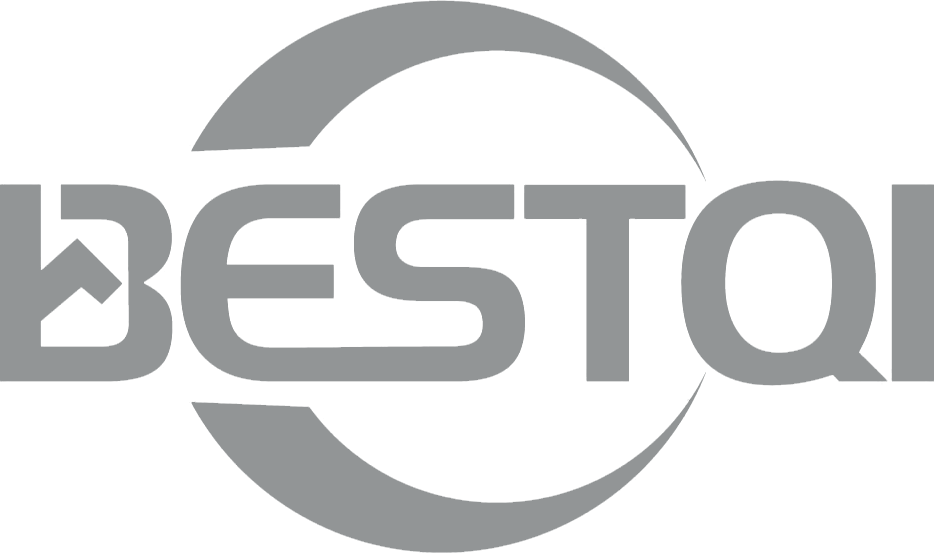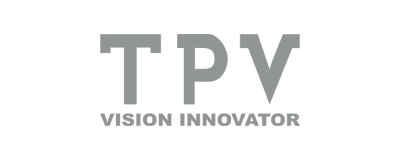-
PLM stands for Product Lifecycle Management. It’s a transformative, digital solution that streamlines all critical aspects of product development, quality management, launch and retail of consumer electronics products. With an effective PLM solution in place, consumer electronics brands, retailers and manufacturers are empowered to optimize new product innovation, ensure product development success, improve supply chain visibility, drive cross-team collaboration, and make better, more strategic business decisions.
-
For many years the consumer electronics industry has been challenged with older PDM/PLM systems aimed at engineering teams with complicated, rigid user interfaces. Centric PLM connects teams from engineering to marketing to creatives to production, quality and more across the end-to-end product development chain. Real-time access to one source of truth for product-related data streamlines efficiency, speeds time to market, reduces costs, cuts waste, improves product quality and drives innovation. The addition of exciting innovations such as mobile apps and industry-first VIP digital collaborative workspaces provides consumer electronics brands and retailers with a complete end-to-end PLM solution to drive product creation and launch.
-
Consumer electronics brands, retailers, manufacturers and sub-contractors all use PLM because it enables teams to respond quickly to consumer wants and market trends, freeing up valuable time to innovate while ensuring quality and compliance standards are met. All teams involved in product development and launch – including innovation, merchandising, sourcing, packaging, quality and compliance – leverage PLM to boost efficiency, drive innovation and accelerate new product creation.
-
Not at all and deployment can be done remotely! But keep in mind, PLM is a company-wide resource and that means it takes careful coordination and cross-departmental communication to achieve a successful roll-out. However, having an experienced consumer electronics PLM point person as part of the team helps to cut down implementation time significantly.
Centric’s Agile Deployment approach results in a rapid implementation preserved across future system upgrades and enhancements.
Want more info on implementation? Check out our Agile Deployment methodology, Centric’s uniquely fast path toward R.O.I.
-
No. Product Information Management (PIM) is used to store information about a product, images, documents and videos. PLM on the other hand oversees the entire lifecycle of a product from start to finish.
-
No. PLM is a tool to facilitate and streamline product ideation and creation. ERP (Enterprise Resource Planning) is a solution that tracks those products once they’ve left the manufacturing floor.
-
Yes, Centric PLM enables teams to manage revisions, identify, track and change product components and automatically update every related product. QMS (Quality Management System) equips brands and retailers with end-to-end traceability, helping to eliminate inefficiencies, reduce quality issues and adhere to regulatory CE standards safeguarding product and brand integrity.
READ: Why Consumer Electronics Businesses need a modern PLM and QMS solution
-
There sure are. In fact, Centric was the first company to develop convenient, UX-friendly mobile apps for PLM, which help enlarge the scope of product development contributors, including product testers, sales and more. Today, Centric has a comprehensive suite of industry first mobile apps, helping teams capture and share information on the go.
-
Yes! Product development teams can connect with packaging and label designers through PLM’s centralized platform. Centric PLM offers integration with third-party tools like Adobe Illustrator and leading 3D CAD solutions using 3D Connect, enabling packaging engineers and graphic designers to work within a familiar digital environment while connected with PLM to streamline workflows.
New to Centric PLM? Learn more
Centric AI Fashion Inspiration Learn more
What is Centric Planning? Learn more
Demand Planning Learn more
Assortment Planning Learn more
Allocation and Replenishment Learn more
What is Centric Pricing & Inventory? Learn more
What is Centric Market Intelligence? Learn more
Centric Visual Boards Learn more
What is Centric PXM? Learn more



























